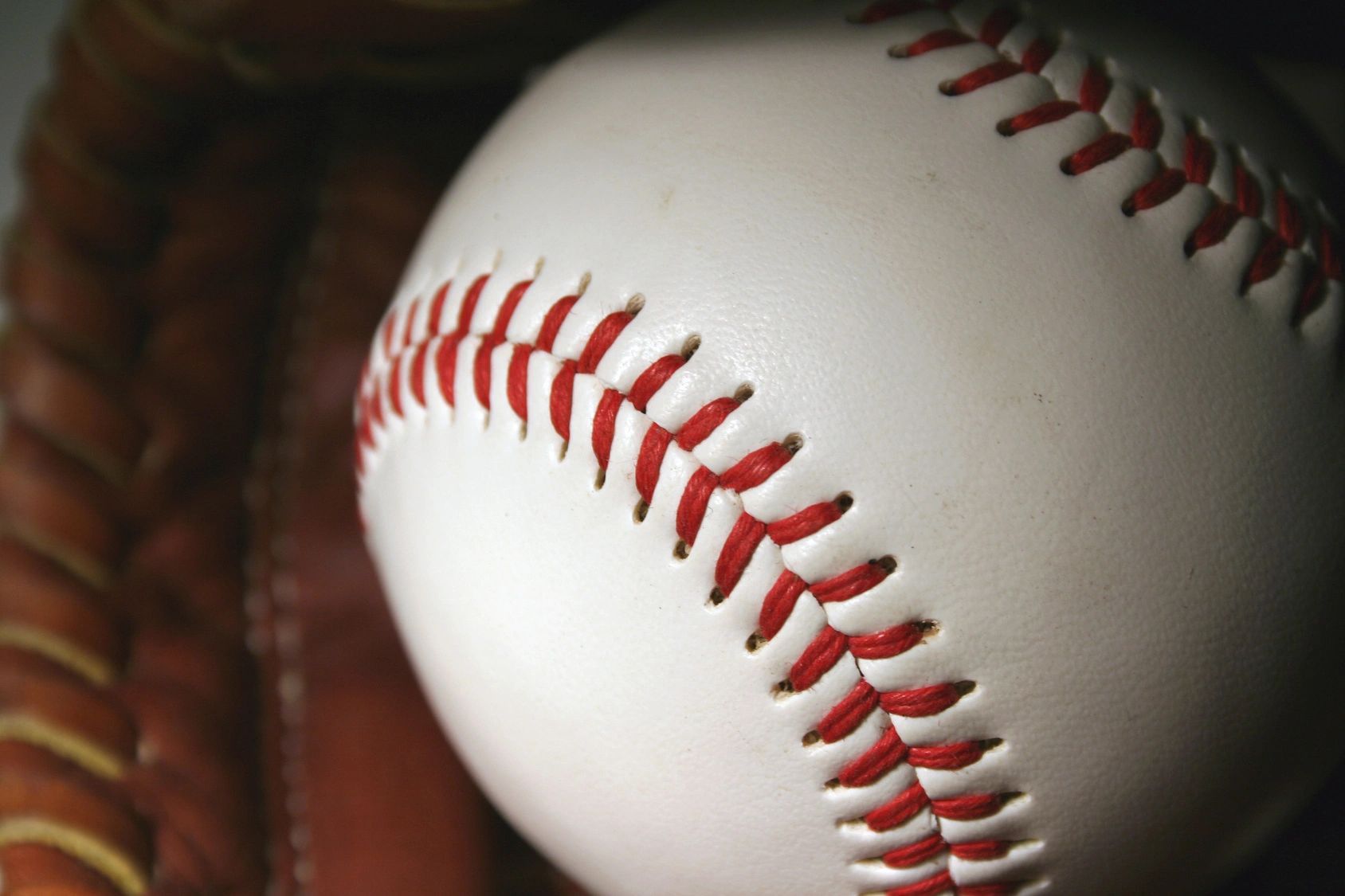In 1985, amidst the pristine, heroic images of baseball players and comic book superheroes, an unlikely trading card series disrupted the scene: Garbage Pail Kids (GPK). Created by the Topps Company, GPK was a satirical, humorous take on the popular Cabbage Patch Kids dolls, blending gross-out humor with pop culture commentary. What started as a small parody became a cultural phenomenon, sparking controversy, collector frenzies, and a legacy that endures today. Here’s a look at how Garbage Pail Kids started, why they became so popular, and what makes them a timeless collectible.
The Origins of Garbage Pail Kids
The idea for Garbage Pail Kids came from art director Art Spiegelman (also known for his Pulitzer Prize-winning graphic novel Maus) and fellow Topps artist Mark Newgarden. In the 1980s, Cabbage Patch Kids were a nationwide craze, with parents scrambling to buy the dolls for their children. Recognizing an opportunity to play off this trend, Topps decided to create a parody that would appeal to kids and teens who enjoyed humor with an edge.
Each Garbage Pail Kid card featured a grotesque, mischievous child with a cleverly punny name. The series showcased two versions of each character, with different names but similar illustrations, further fueling collectibility. For instance, “Adam Bomb,” the card featuring a kid with a mushroom cloud explosion for a head, was also released as “Blasted Billy.” This approach offered fans the thrill of collecting a “set” that included all name variations, a tactic that would become a staple in trading card marketing.
The Art and Humor of GPK Cards
Each Garbage Pail Kid card featured artwork that captured the disturbing yet captivating theme of the series. From characters like “Up Chuck,” a kid vomiting onlookers, to “Leaky Lindsay,” who was drawn with a perpetual runny nose, the cards played on gross-out humor and physical deformities. They broke conventions by using humor that was deliberately offensive, poking fun at societal norms and even some pop culture figures.
The artwork was illustrated by a talented roster, including John Pound, who painted most of the first series and many subsequent cards. Pound’s colorful, exaggerated style brought each character to life with vivid details that only amplified the grotesque appeal. GPK artists leaned into the absurd, using themes that ranged from bodily fluids to bizarre, surreal transformations, making every card an attention-grabber. And despite the shock value, the craftsmanship of each card’s illustration played a big role in their popularity, captivating kids and collectors with both humor and artistic quality.
Why Garbage Pail Kids Were So Popular
Garbage Pail Kids struck a chord with kids who were growing tired of the squeaky-clean image of mainstream toys and cartoons. Here are a few reasons why they were so popular:
- Rebellion and Humor: GPK cards offered kids an outlet to rebel against societal norms in a light-hearted way. The cards were unapologetically gross, edgy, and darkly humorous, making them highly appealing to young collectors.
- Collectability: The series format, with each character having two different names and numbers, encouraged fans to collect both variations. The scarcity of certain cards added a layer of challenge, and some characters became instant classics.
- Schoolyard Hype: The popularity of GPK cards grew by word of mouth, with kids trading, discussing, and sometimes even getting in trouble for bringing them to school. Teachers often banned the cards, which only fueled their appeal, as they became symbols of rebellion.
- Pop Culture and Satire: Garbage Pail Kids didn’t just parody Cabbage Patch Kids; they also satirized broader themes like politics, celebrities, and social issues. This resonated with older fans who appreciated the deeper layers of humor.
Controversy and Bans
The success of Garbage Pail Kids wasn’t without challenges. Cabbage Patch Kids’ manufacturer, Coleco, filed a lawsuit against Topps, claiming the cards infringed on their doll’s image. To resolve the dispute, Topps agreed to redesign the GPK characters in a way that wouldn’t directly resemble Cabbage Patch Kids.
Schools across the country also banned GPK cards due to their disruptive nature in classrooms. This only added to their allure, as kids found ways to sneak them into school or trade them covertly. Garbage Pail Kids became a collector’s item that parents and teachers often disapproved of, adding to the thrill of collecting them. The Legacy of Garbage Pail Kids
While the original GPK craze peaked in the late 1980s, its legacy endured. In the 2000s, Garbage Pail Kids saw a resurgence as nostalgia for the ‘80s grew. Topps capitalized on this by re-releasing classic sets, as well as introducing new characters and themes relevant to contemporary culture. In recent years, GPK has expanded into animated series, comic books, and even digital NFTs, appealing to both longtime fans and a new generation.
Today, Garbage Pail Kids cards are highly collectible, with rare original cards commanding high prices in the market. Certain characters, like “Adam Bomb,” have achieved iconic status, and limited-edition sets continue to spark interest among collectors.
Final Thoughts: Why Garbage Pail Kids Endure
Garbage Pail Kids remain an iconic part of trading card history, remembered for their irreverent humor, unique art style, and the social rebellion they represented for young collectors. As one of the few card series to challenge social norms and playfully disrupt expectations, GPK set itself apart in the world of collectibles. Whether it’s the nostalgia of a generation that grew up with the cards or the timeless appeal of rebellious humor, Garbage Pail Kids continue to capture the imaginations of fans worldwide.
In the end, Garbage Pail Kids are more than just cards—they’re a testament to the power of parody, humor, and the joy of collecting.





